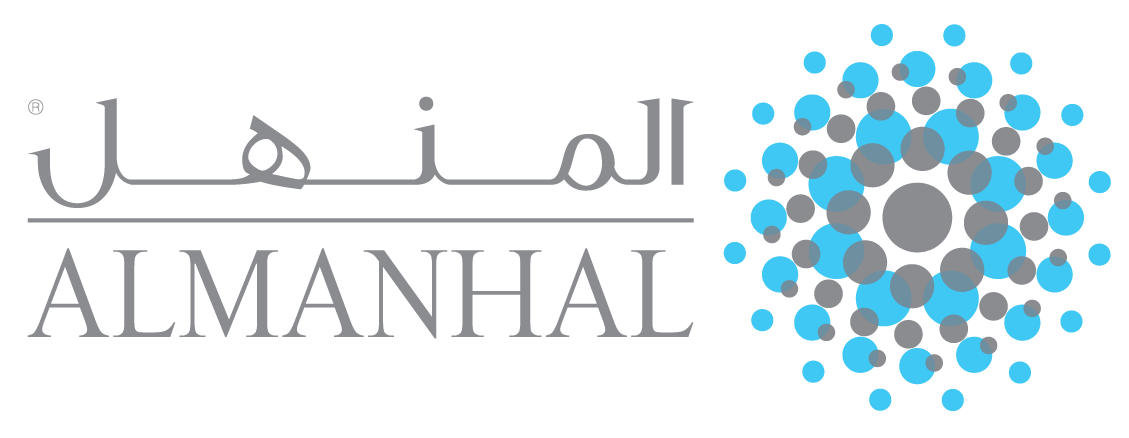An Application of GARCH Modeling on the Malaysian Sukuk Spreads
DOI:
https://doi.org/10.31436/jif.v2i2.18Abstract
This study explores the influencing factors of the Islamic bond (sukuk) spreads, by employing the generalised autoregressive conditional heteroscedasticity (GARCH) method. Apart from the general GARCH (1,1) model, a higher order of lags for both ARCH and GARCH terms are also considered which is applied onto both the investment and non-investment grade sukuk. This study is among the first few to document the empirical evidence on sukuk spreads and its volatility which is expected to further enrich the empirical literature of the financial markets especially in the Islamic finance. This is in line with the pressing demand for more in-depth information on various dimensions of the sukuk market given the importance of the sukuk in the global capital market. This study contributes significantly to the benefit of the investors, portfolio managers as well as regulators to better understand the underlying factors influencing the pricing and risk management of sukuk instruments. In addition, the assessment on the impact of the
recent global financial crisis allows for a thorough understanding on the behavior of sukuk spreads so as to pre-empt the impact of future financial shocks to the sukuk market.












